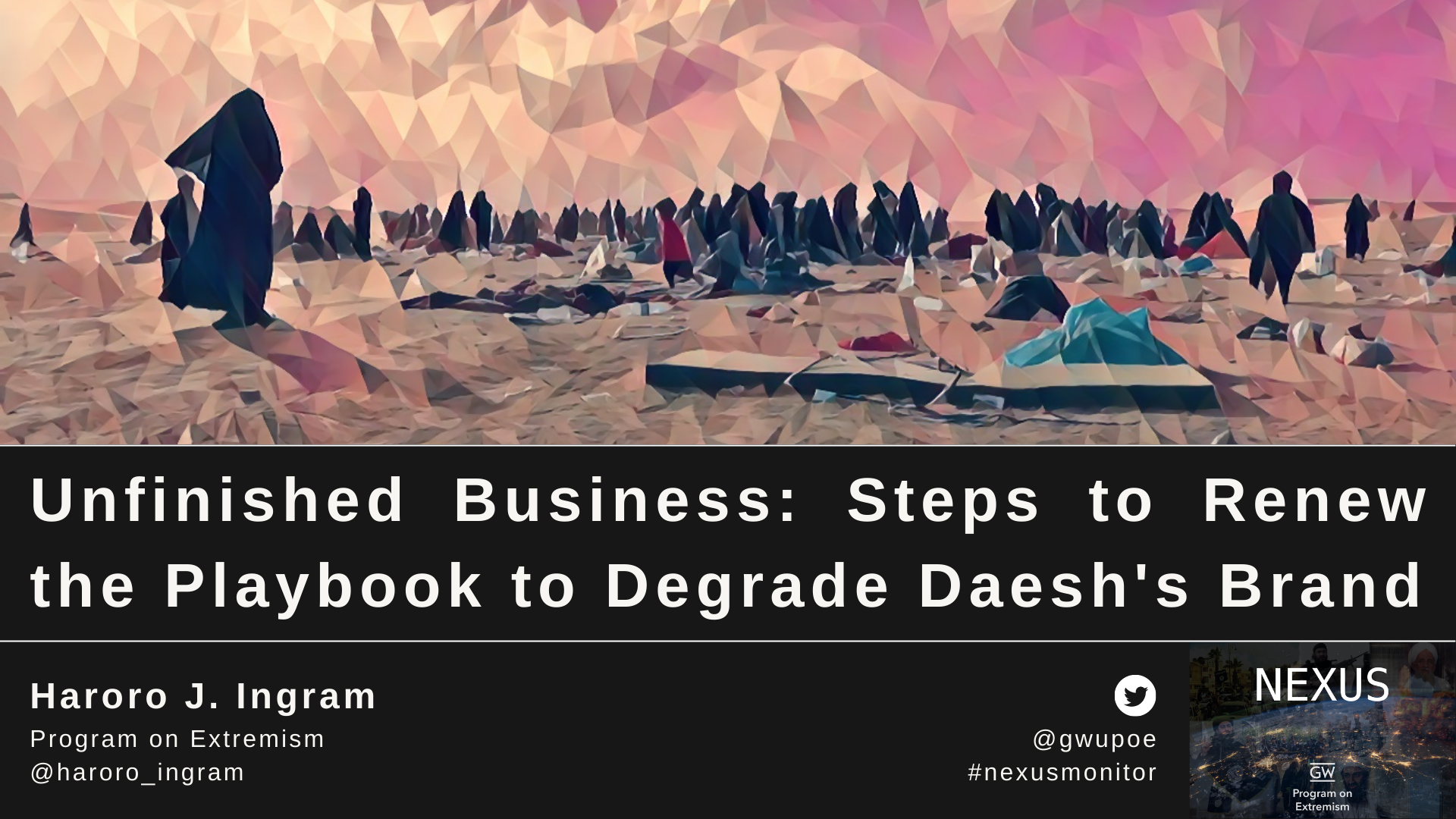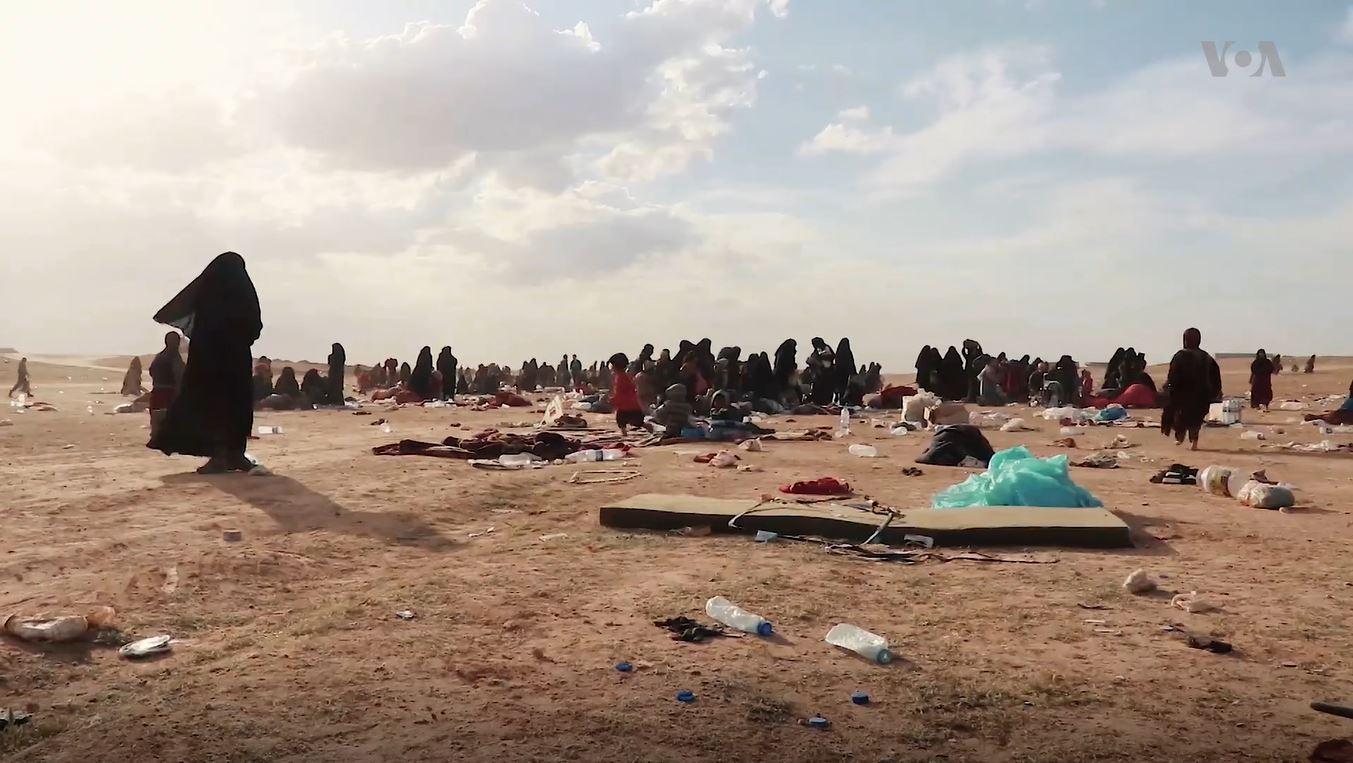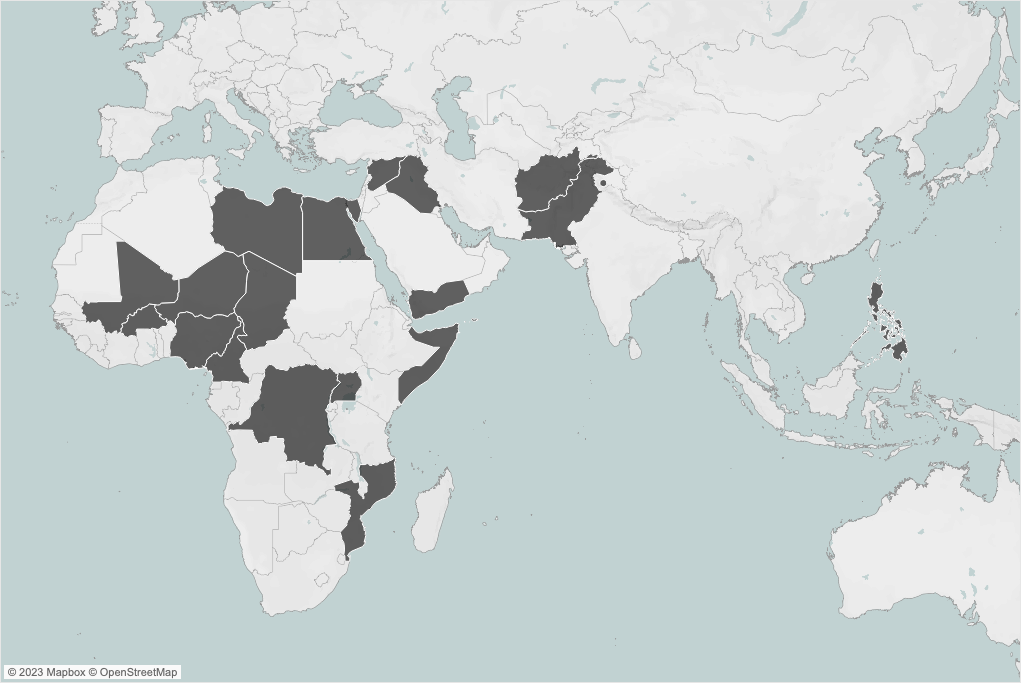ON MARCH 23, 2019, the Islamic State lost the final vestiges of its territorial Caliphate in Baghuz, Syria. This futile last stand on the banks of the Euphrates River bookended a five-year period that was characterized by extraordinary success (circa 2014-16) followed by a decline that gained momentum with each passing month (circa 2016-2019). The data obsessed leadership of the Islamic State would have seen the writing on the wall as early as late-2015 and, certainly by mid-2016, had begun preparing the movement for its transition from a territorial caliphate to global insurgency. As is often the case, the first signs of this transition were signaled in the Islamic State’s propaganda. Consequently, those in the anti-Daesh coalition responsible for monitoring the group’s influence operations were generally well-prepared to exploit the group’s failings in the immediate wake of its territorial collapse.
Four years later, there is an urgent need to reset the agenda for degrading the Islamic State’s global influence operations to match both the dynamism of the current threat and the scarcity of resources and attention now devoted to confronting it. Apart from 2014-2017, the Islamic State is arguably a more significant global threat now than at any other point in its multidecade history. However, as a foreign policy and national security priority, it has been understandably eclipsed by issues such as rising tensions with China in the Asia-Pacific, war in Europe, and growing instability within the world’s major democracies. Now faced with less resources to confront an increasingly diverse problem set, policymakers and practitioners responsible for blunting Islamic State’s influence must look for ways to maximize efficiencies in a renewed push to degrade the Islamic State’s brand.
The fallout of the Battle of Baghuz
Source: VOA News
Confront the Lessons Still Unlearned
Enduring myths and misunderstandings about the Islamic State continue to hamstring efforts to counter the group’s brand, erode its influence, and effectively support international partners. When it comes to understanding a phenomenon like the Islamic State movement, fallacies about one aspect of the group almost inevitably fuels misconceptions about other aspects of the group. A self-reinforcing cycle of misunderstandings can emerge that then compounds the misdirection of focus, time, and resources. For example, predictions that the Islamic State would somehow retreat into “virtual safehavens” as its territorial caliphate crumbled was the product of two misconceptions that have proven especially resilient to both evidence and experience: a disproportionate focus on social media as the primary ‘battlespace’ in the information theatre, and an underappreciation of the Islamic State’s manhaj (methodology).
Yet, even at the time, the Islamic State’s post-territorial strategic trajectory was entirely predictable. After its territorial collapse, the Islamic State was always going to transition back into an underground guerrilla force with the intent of rebuilding its politico-military strength to, one day, conventionalize its operations once again and establish a proto-state. The Islamic State’s official propaganda and broader influence operations would also transition, particularly in its thematic focus, to help achieve the strategic and operational objectives of these campaign phases. Social media plays a crucial role in these dynamics as a virtual means to real world ends and not the other way around.
Discourse amongst policymakers and practitioners on how to confront Islamic State influence still tends to fixate on social media and the broader online theatre. For those responsible with blunting Islamic State’s propaganda, the allocation of resources, time, and focus must be proportional to the threat and calibrated to holistically maximize damage to the Islamic State’s brand and influence. This is not the only myth that has persisted with zombie-like resilience and there will be more in the future. Policymakers must make it a habit to regularly and methodically review their assessments of the Islamic State threat and the analytical assumptions that underpin them.
Five phases of the Islamic State's insurgency manhaj
Source: Dabiq Magazine
Break the Propaganda Whack-A-Mole Cycle
The Islamic State’s propagandists use messaging to achieve certain psychosocial and strategic objectives as it pushes through the phases of its forever war campaign. At the peak of its powers, the Islamic State’s messaging prioritized themes such as the legitimacy of its caliphate, the efficacy of its governing institutions, its military prowess, and appeals to foreigners to join its ranks. However, as the group weakens, its messaging focuses on themes such as guerrilla warfare, patience, and the need to remain committed to the group’s manhaj especially during hardships. These thematic trends reflect shifting priorities as the group transitions through its campaign phases. Monitoring thematic trends in adversary messaging and designing strategic communications accordingly is crucial for sustaining competitive pressures in the information theatre but it may not be sufficient for degrading the adversary’s brand over time.
Indeed, there is a risk that a singular focus on thematic trends can fuel a propaganda whack-a-mole cycle whereby one is always responding to or trying to get ahead of the adversary’s latest moves. By broadening how Islamic State’s influence operations are understood, policymakers can be better postured to discredit the movement. One way to achieve this is to regularly focus strategic communications on discrediting the core values at the heart of the Islamic State’s brand: the consistency and efficacy of its manhaj, the purity of its aqeeda (creed), and the credibility of its authority. The group sees these core values as enduring strengths, positions them at the heart of its brand, and venerates them in its propaganda activities. These tenets should be the targets of a steady, relentless drumbeat of messaging that draws on a range of different levers.
Say-Do, Hypocrisy, & Tarring Levers
The raison d'être of counter-messaging against the Islamic State should be to systematically undermine its claims of being credible, effective, and consistent. This can be achieved in several ways. Highlighting say-do gaps between the Islamic State’s politico-military actions and its propaganda contributes to discrediting its manhaj and aqeeda. Exposing the flaws and hypocrisy of its senior leadership, such as in the case of al-Mawla, works to erode Islamic State’s authority claims. Equally important is identifying opportunities to transform what Islamic State sees as a strength into a vulnerability. For instance, the Islamic State regularly presents its affiliates as champions of its manhaj and aqeeda when claiming credit for their exploits. In turn, its global affiliates will point to the Islamic State’s core as a source of inspiration and legitimacy for their own activities. Policymakers and practitioners should be postured to exploit this dynamic as a vulnerability by using the weaknesses and mistakes of one part of the Islamic State organization to holistically tarnish the movement. Tarring the Islamic State, its affiliates, and supporters with the same brush—especially when carefully coordinated with regional partners—can be a powerful way to cohere messaging efforts and build momentum behind targeted messaging campaigns.
The Islamic State's global network of provinces
Harness the Force Multipliers of Influence
The three major force multipliers of influence in strategic communications are technology, human networks, and methodology. By pursuing technological advantages that are pertinent to the information theatre, enhancing the skills, capabilities, and coverage of human networks, and constantly improving the methods that inform practice, policymakers can significantly amplify the reach and impact of influence operations. With fewer resources, policymakers and multisector practitioners will need to look for ways to creatively harness these force multipliers. This is particularly important for maximizing efficiencies when working by, with, and through international partners. Local policymakers and practitioners must be given the space to leverage their unique contextual understanding to shape their own influence efforts with minimal external interference (however well-intended). Capacity building programs should prioritize updating pertinent technological capabilities, building and enhancing indigenous human networks, and providing training to partners in both a comprehensive method of strategic communications and Islamic State’s methodology. These force-multiplying tools can be a cost-effective way to significantly enhance partner capabilities and build closer relationships with them.
Hold the Line
Four years have passed since the global coalition, led by local partners, defeated the Islamic State’s territorial caliphate. Much has changed in the intervening years, but the core mission to degrade the Islamic State’s brand and its influence activities remains unfinished. It is not going to be easy. Two decades of fluctuating support for counterterrorism strategic communication units has often fueled low staff morale, created a culture of risk aversion, hamstrung efforts to recruit and retain staff, and eroded institutional knowledge. The pendulum has swung again, and practitioners face another period of tight budgets and a disinterested executive and public. Implementing a methodical, evidence-based, and persuasive approach to the tradecraft of influence operations—complemented by encouraging a team culture that values accountability, creativity, and a competitive spirit—will be more important now than ever before.





